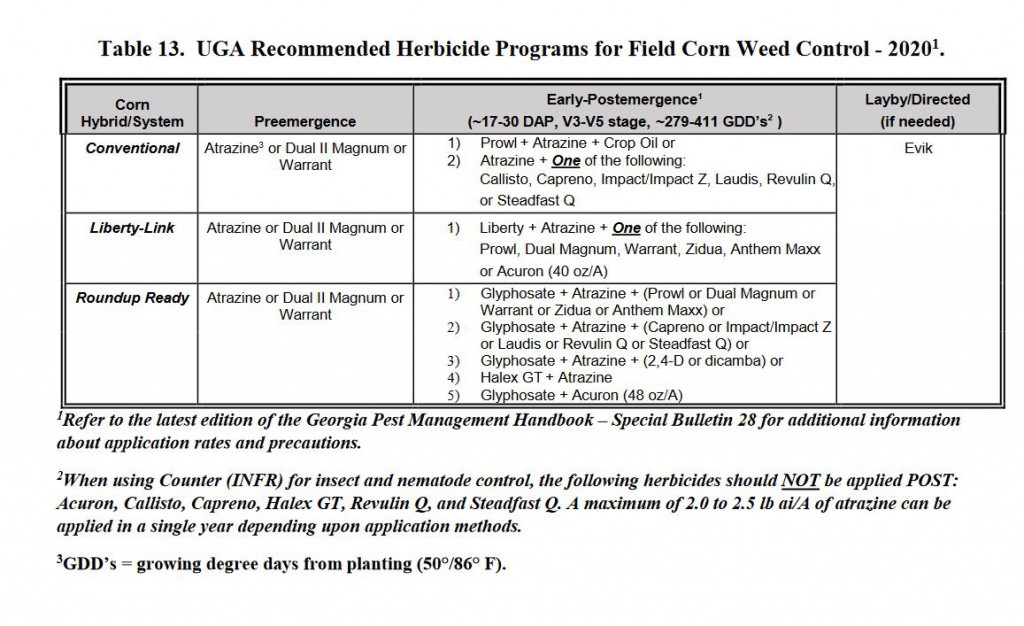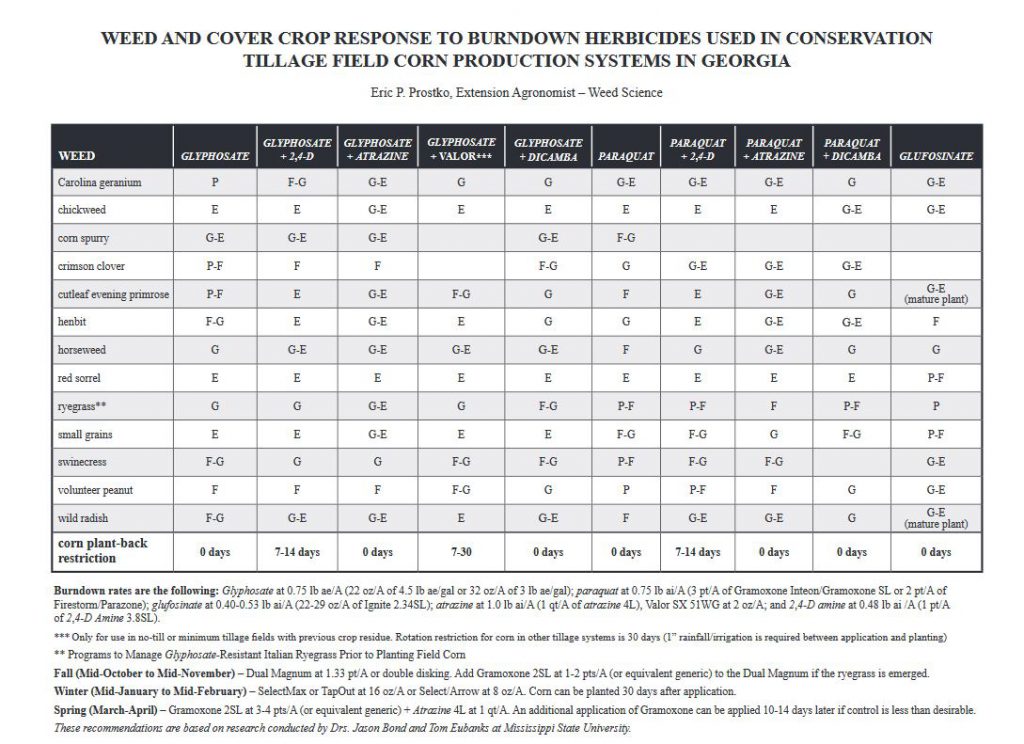Nitrogen Management: Apply 25 to 30 percent of the projected nitrogen needs before or at planting. The remaining nitrogen can be applied sidedress and/or injected through the center pivot systems (fertigation). If all the nitrogen is applied with ground equipment, apply 50 to 75 pounds per acre at or before planting under irrigated conditions and 20 to 50 pounds per acre in dryland environments and the rest when the corn is 12 to 16 inches tall. If nitrogen is to be injected through the irrigation system, apply 40 to 60 pounds at or before planting and begin ground or injected applications of 30 to 60 pounds of nitrogen per acre when the corn is 8 to 12 inches tall. Continue on a bi-weekly basis until the total required nitrogen is applied. Three to five applications of nitrogen will be needed during the growing season. Nitrogen rates are based off 1.2 lbs per bushel yield goal.
Phosphate and Potash: Apply all the phosphate and, on most soils, all the potash at or before planting. Some of the phosphate requirements may be obtained through the use of starter fertilizer. On deep sands, you should probably apply potash in split applications, half at planting and half at layby.
Secondary and micronutrients: Corn requires a relatively large amount of sulfur, generally 20 to 30 pounds per acre. On deep sands, apply sulfur in split applications. All sulfur should be applied in the sulfate (SO4) form. Applications with nitrogen may prove efficient. Base magnesium fertilization on soil tests. If the level is low, apply 25 to 50 pounds per acre of water-soluble magnesium by layby. Zinc deficiency can be prevented by using three pounds per acre of actual zinc. Do not use zinc unless soil test levels are low. If needed, apply pre-plant or at planting.Boron deficiencies can occur on sandy soils low in organic matter. Generally, use one to two pounds per acre of boron applied in split applications. It is best to apply boron with the nitrogen applications. The application of other essential nutrients should be based on plant analysis results.

What about nematodes? Dr. Bob Kemerait, UGA Plant Pathologist, educated local producers about disease management in row crops. He mentioned that once you close the furrow during planting then we cannot do anything else when it comes to nematode management.

Management of Nematodes
1.Data continues to accumulate documenting the yield benefits that can result from the use of nematicides in appropriate fields infested with nematodes.
2.Root-knot nematodes are the most common plant plant-parasitic nematodes affecting corn in our state; it is likely that we have also underestimated the losses associated with stubby-root nematodes.
3.Use of Telone II has provided the most consistent increases in plant vigor, early crop development, and yields compared to other nematicides. Use of Telone may also result in improved utilization of available nutrients.
4.Use of other nematicides, such as Counter 20G and AVICTA Complete Corn, can be effective in fields where nematode populations are at an appropriate level.

Weed Management: According to Dr. Eric Prostko, weeds that emerge just prior to or at the same time as corn crop cause greater yield losses than later emerging weeds. Consequently, the use of effective weed control programs from 20 to 45 days after planting (DAP) usually prevents yield losses due to weed competition. Weeds that emerge 45 DAP will likely not cause competition-related yield losses but can have a negative influence on seed quality and harvest efficiency (i.e. annual morningglory). Below are weed control programs for corn production in Georgia based off corn hybrid traits and application timings. Also below burndown options and plantback restrictions for commonly used in corn.


Do not underestimate the importance of good plant stands. Improper establishment will have a negative impact on yield as corn can be sensitive to planting depth, thick populations, highly variable spacing, and delayed emergence. Inspect and service your planter and replace worn parts. Utilize the expertise that planter companies have to gain insights on properly adjusting all parts to changing soil and weather conditions as to optimize the operation. Ensure that coulters and disc openers are aligned accurately and the planter is level when you begin planting. Calibrate the planter for a proper seed drop. Make sure seed is between 1.5 and 2 inches deep. Avoid too much down pressure but make sure the furrow is closed properly. Check you speed to ensure that seed spacing is correct so as to avoid differences in plant emergence. Speed can increase your stand spacing so optimize your planting speed according to your seed density and the ability to reduce the spacing differences at seed drop.
